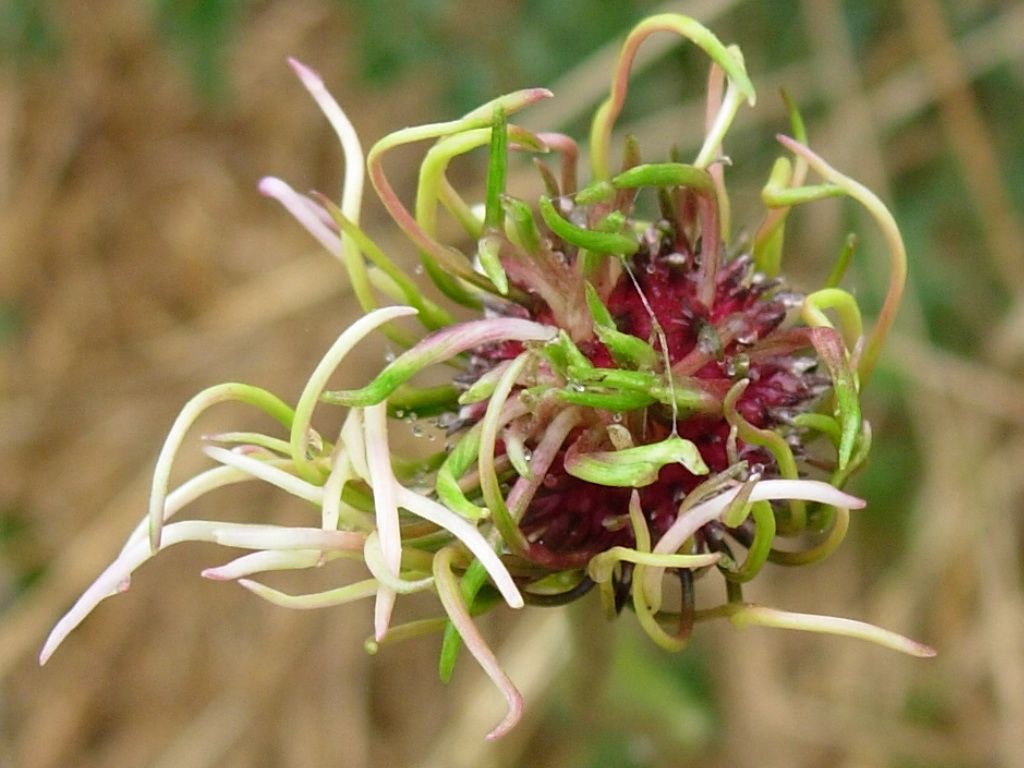Different For Girls
What does power look like?

Pretty much everything Mary Beard writes is worthy of attention, and this is no exception:
It is happily the case that in 2017 there are more women in what we would all probably agree are ‘powerful’ positions than there were ten, let alone fifty years ago. Whether that is as politicians, police commissioners, CEOs, judges or whatever, it’s still a clear minority — but there are more…. But my basic premise is that our mental, cultural template for a powerful person remains resolutely male. If we close our eyes and try to conjure up the image of a president or (to move into the knowledge economy) a professor, what most of us see isn’t a woman. And that’s just as true even if you are a woman professor: the cultural stereotype is so strong that, at the level of those close-your-eyes fantasies, it is still hard for me to imagine me, or someone like me, in my role. I put the phrase ‘cartoon professor’ into Google Images — ‘cartoon professor’ to make sure that I was targeting the imaginary ones, the cultural template, not the real ones. Out of the first hundred that came up, only one, Professor Holly from Pokémon Farm, was female. To put this the other way round, we have no template for what a powerful woman looks like, except that she looks rather like a man.
This is the thing to read today.
